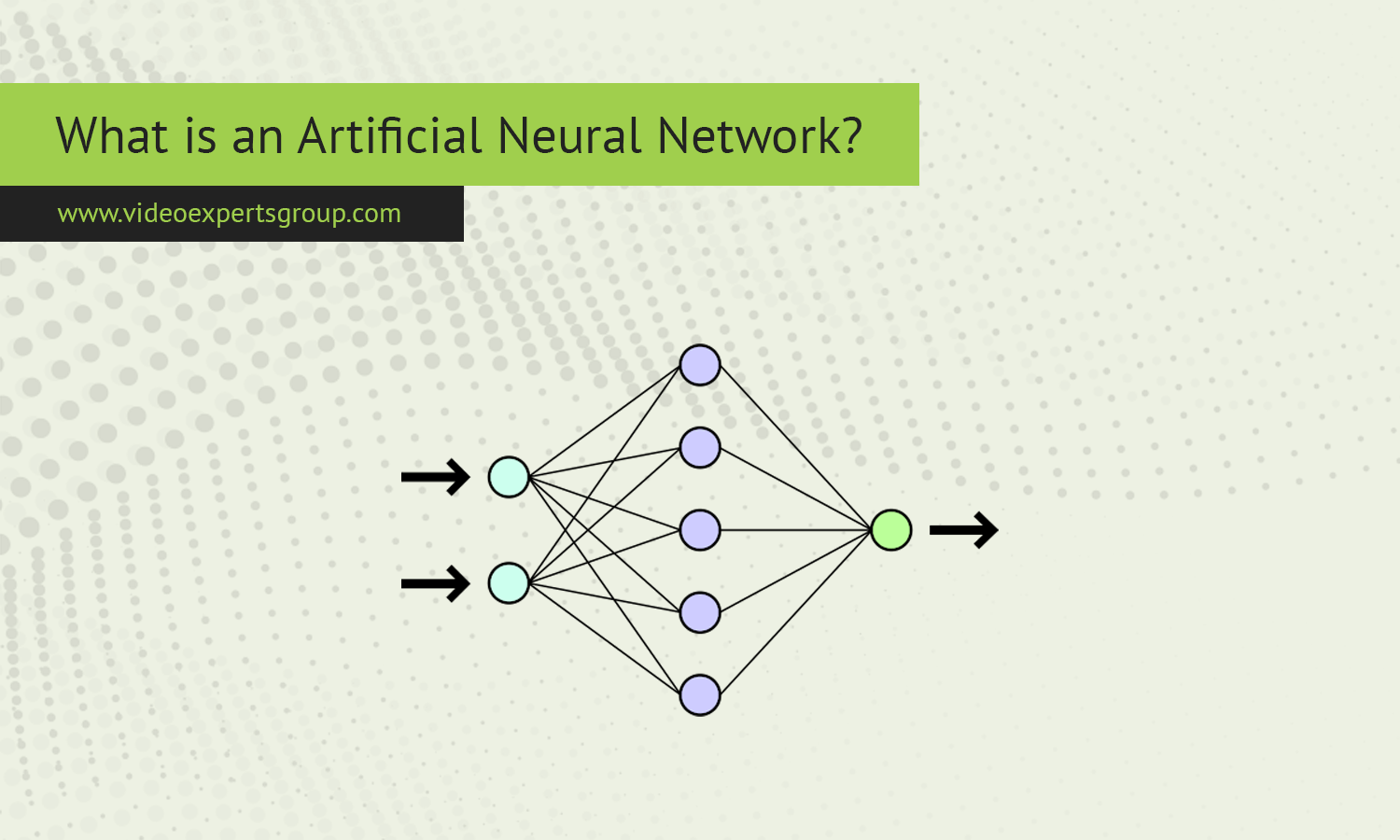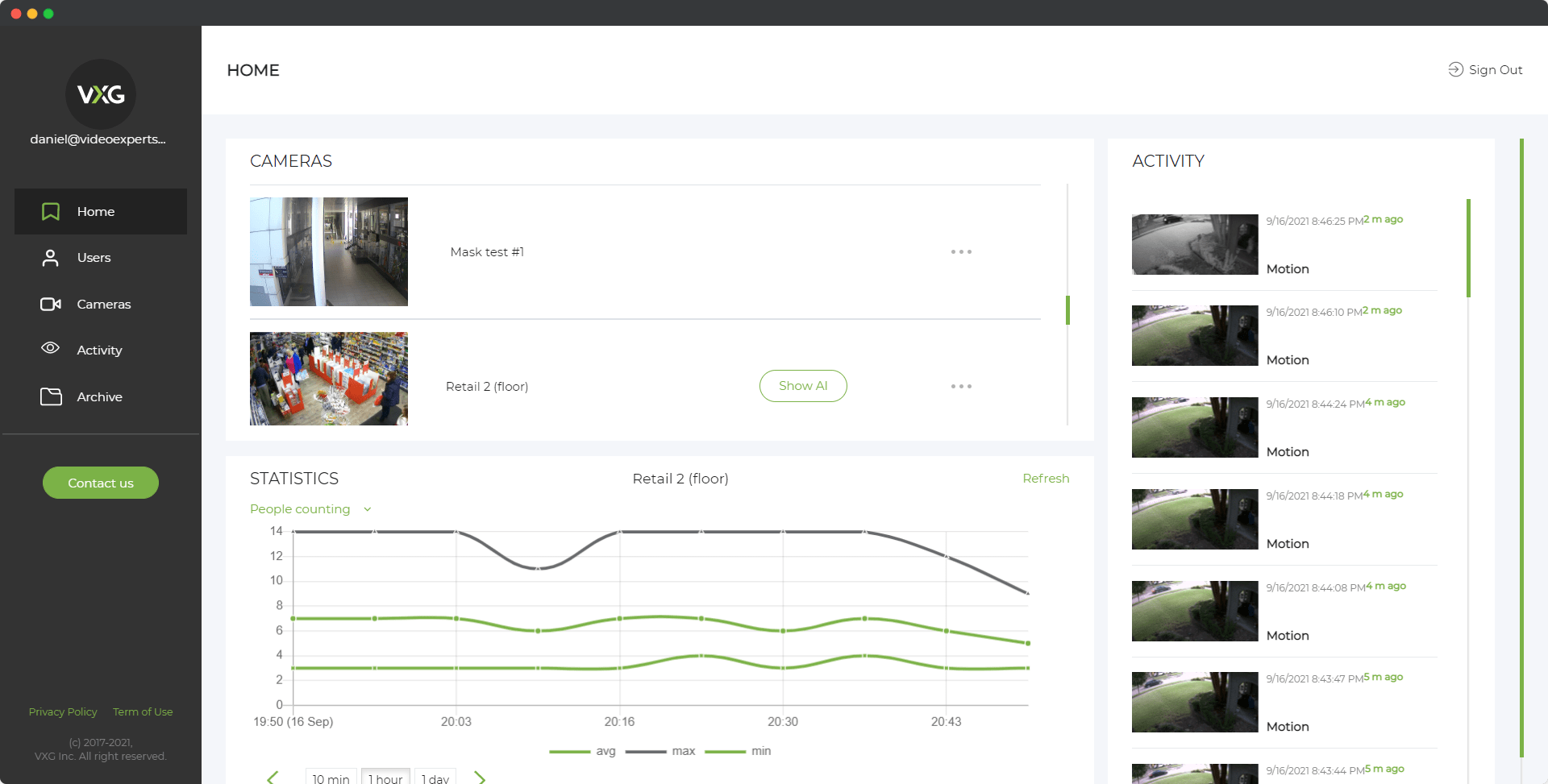Artificial Neural Networks (ANNs) have become a cornerstone of modern artificial intelligence (AI). They mimic the structure and functioning of the human brain to solve complex problems, such as image recognition, language processing, and predictive analytics. In this article, we will break down the concept of ANNs, how they work, and their importance in various industries.
What is an Artificial Neural Network?
An Artificial Neural Network (ANN) is a computational model inspired by the way biological neural networks in the human brain process information. It is made up of layers of interconnected "neurons" (also known as nodes), which work together to analyze data and recognize patterns. These networks can perform a wide range of tasks such as classification, regression, clustering, and decision-making.
The Inspiration Behind Artificial Neural Networks
The concept of an artificial neural network was inspired by the human brain, which consists of billions of neurons that communicate through electrical impulses. In a similar fashion, ANNs consist of layers of nodes, where each node receives input, processes the data, and passes on the output to the next layer of nodes. This process allows the network to learn from data, make predictions, and improve over time.
How Do Artificial Neural Networks Work?
ANNs consist of three main layers: the input layer, the hidden layers, and the output layer. Each layer plays a specific role in processing information and contributing to the network's learning process.
The Layers of a Neural Network
- Input Layer: This is where the network receives raw data. Each input node represents one feature or variable in the dataset. For example, in an image recognition task, each pixel in the image would be represented by an input node.
- Hidden Layers: These layers perform the computations required to process the data. The more hidden layers there are, the more complex the computations can become. Each hidden layer contains multiple neurons that apply various mathematical operations to the inputs received from the previous layer.
- Output Layer: After the data has passed through the hidden layers, the output layer provides the final result. This could be a classification (e.g., identifying whether an image is of a dog or a cat) or a prediction (e.g., forecasting future stock prices).
Neurons and Weights
Each neuron in an ANN has a set of weights that determine its importance in the network. These weights are adjusted during the training process to improve the network's performance. Neurons receive inputs, which are multiplied by the corresponding weights, summed together, and passed through an activation function. This activation function helps the neuron decide whether to fire (send output) or remain inactive.
Activation Functions
The activation function is crucial in determining the output of each neuron. It introduces non-linearity into the network, allowing it to learn and model complex relationships in the data. Common activation functions include:
- Sigmoid: Produces output between 0 and 1, commonly used for binary classification tasks.
- ReLU (Rectified Linear Unit): Outputs zero for negative inputs and passes positive inputs unchanged. It is widely used due to its efficiency in training deep networks.
- Tanh: Produces output between -1 and 1, often used in tasks requiring symmetric outputs.
Training an Artificial Neural Network
The training process involves adjusting the weights of the neurons to minimize the difference between the predicted output and the actual output. This is done using a process called backpropagation, which involves calculating the error at the output and propagating this error backward through the network to adjust the weights accordingly.
Training is typically done using large datasets, and over time, the network becomes better at making predictions or classifications. This process can take significant time and computational resources, depending on the complexity of the network and the size of the dataset.
Types of Artificial Neural Networks
There are several different types of artificial neural networks, each designed for specific tasks. Some of the most common types include:
- Feedforward Neural Networks (FNNs)
Feedforward Neural Networks are the simplest form of ANNs, where information moves in one direction—from the input layer, through the hidden layers, and to the output layer. These networks are often used for classification and regression tasks.
- Convolutional Neural Networks (CNNs)
Convolutional Neural Networks are designed for image processing tasks. They use specialized layers to detect patterns in images, such as edges, shapes, and textures. CNNs are commonly used in applications such as facial recognition, object detection, and autonomous driving.
- Recurrent Neural Networks (RNNs)
Recurrent Neural Networks are used for tasks involving sequential data, such as speech recognition or time-series forecasting. RNNs have the ability to retain information from previous steps in the sequence, allowing them to make predictions based on historical data.
- Generative Adversarial Networks (GANs)
Generative Adversarial Networks consist of two neural networks—the generator and the discriminator—that work together in a competitive manner. GANs are used to generate new data that is similar to an existing dataset, and they have applications in image generation, deepfake creation, and data augmentation.
Applications of Artificial Neural Networks
Artificial Neural Networks are widely used across different industries and applications, thanks to their ability to solve complex problems and improve over time.
Image and Speech Recognition
ANNs are at the heart of many modern image and speech recognition systems. They power applications like facial recognition, voice assistants (e.g., Siri, Alexa), and automated transcription services.
Natural Language Processing (NLP)
ANNs are used to process and analyze human language. They enable machines to understand, translate, and generate human language, powering technologies like chatbots, machine translation, and sentiment analysis.
Financial Services
In the financial industry, ANNs are used for tasks such as fraud detection, risk assessment, and stock price prediction. Their ability to analyze large amounts of data and recognize patterns makes them highly valuable in this field.
Autonomous Vehicles
Self-driving cars rely heavily on ANNs to process data from sensors, cameras, and radar. These networks help the vehicle "see" its surroundings, make decisions, and navigate safely.
The Future of Artificial Neural Networks
The field of artificial neural networks is evolving rapidly. With advancements in computing power, data availability, and new algorithms, ANNs are becoming more efficient and capable. They are expected to continue transforming industries like healthcare, finance, and transportation, providing solutions to problems that were once considered unsolvable.
FAQs
- Feedforward Neural Networks (FNNs): The simplest type, where data moves in one direction from the input to the output layer. They are often used for classification and regression tasks.
- Convolutional Neural Networks (CNNs): Specialized for processing image data by detecting patterns such as edges and textures. Common in image recognition and object detection tasks.
- Recurrent Neural Networks (RNNs): Designed for sequential data (like text or speech). They maintain memory of previous inputs, making them ideal for tasks such as language processing and time-series forecasting.
- Generative Adversarial Networks (GANs): Composed of two networks (generator and discriminator) that work together. They are used for generating realistic data (e.g., images) and have applications in deepfake creation and data augmentation.
- Image and Speech Recognition: Used in facial recognition, voice assistants, and automated transcription services.
- Natural Language Processing (NLP): Powers applications like chatbots, machine translation, and sentiment analysis.
- Financial Services: Helps in fraud detection, risk analysis, and stock market prediction.
- Autonomous Vehicles: Processes data from sensors and cameras to help self-driving cars navigate safely.
















